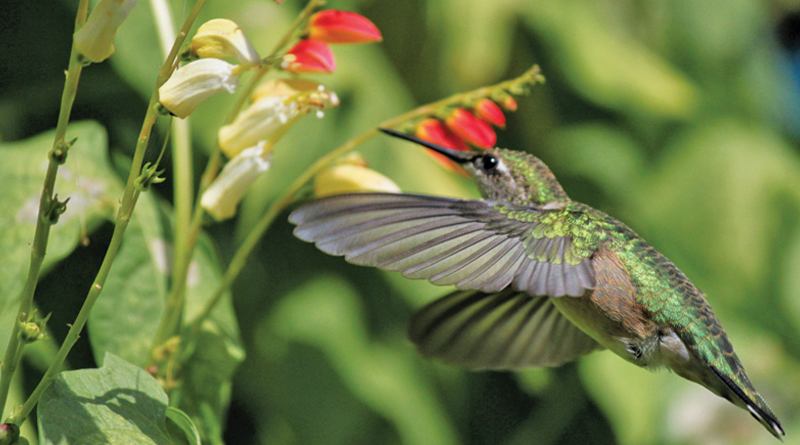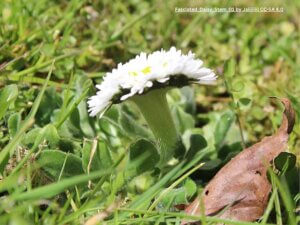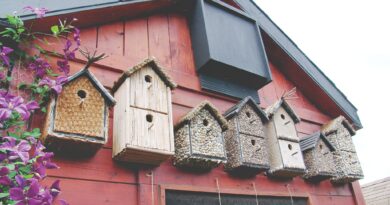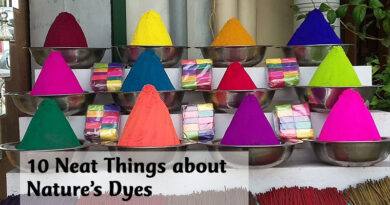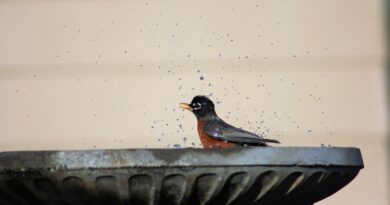Attracting Hummingbirds
Bits of light flash off a tiny breast sending out rays of brilliant red and green. A hummingbird has flitted into view. Its feathers are actually brown, but light is captured by the arrangement of the feathers and filtered through moisture so what you see is the iridescence that you might see on a soap bubble.
These amazing little birds weigh no more than a few ounces, but they need a vast amount of protein to keep up all the energy they use with their rapidly beating wings and hearts. They consume huge quantities of small insects, including spiders. Even so, hummingbirds are more often at rest than they are on the wing. They spend up to 80 per cent of their day resting.
When not flying and eating, hummingbirds are able to enter a state of torpor, where their metabolism slows their hearts to 50 to 80 beats per second. Their kidney function slows correspondingly. When they do get up and go, they are a picture of energy, beating their wings 20 to 30 times per second, which uses up a lot of nectar and bugs and spiders.
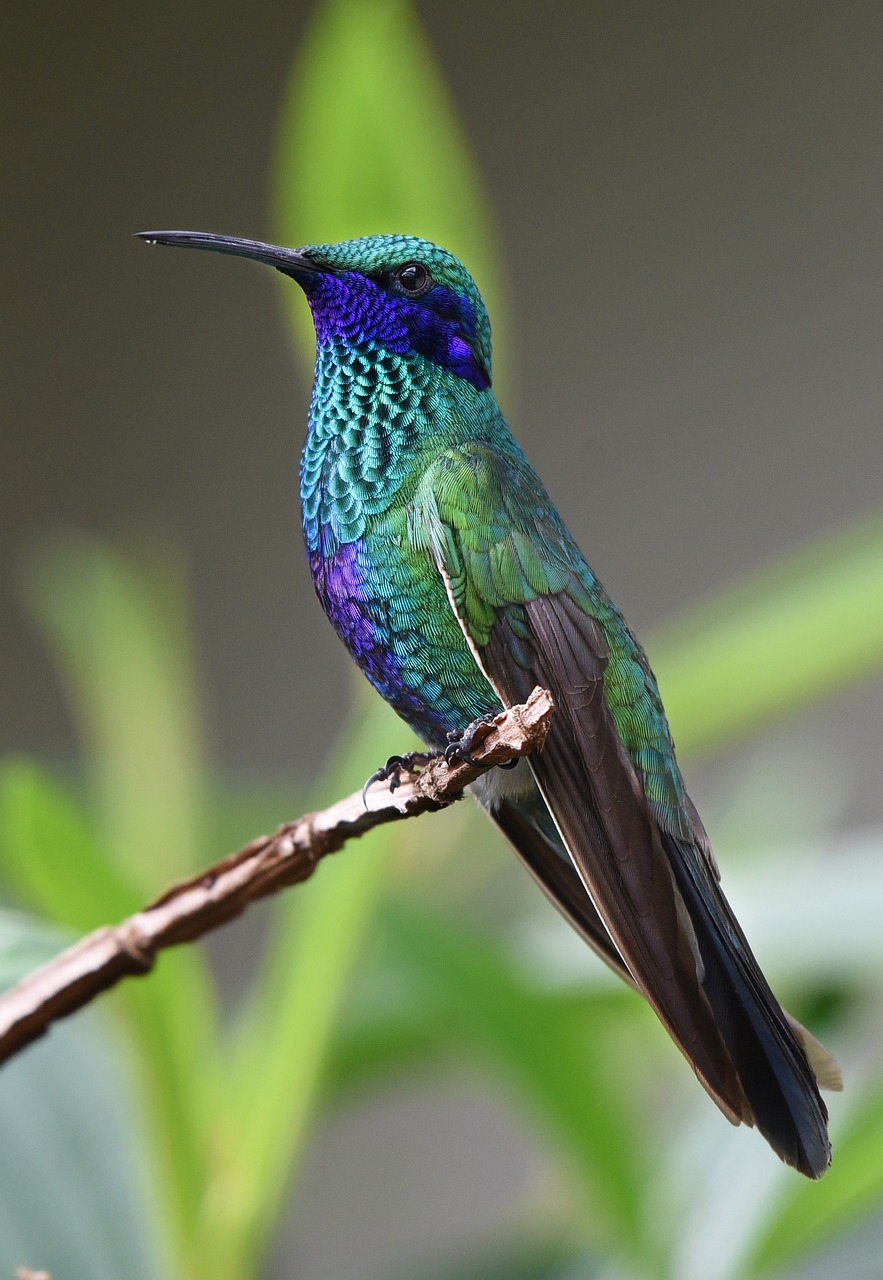
They cannot walk or hop, but can move sideways on their four-toed feet. They can also fly backwards.
Hummingbirds also use spider webbing to construct their half-walnut-sized nests, which they build in the cruxes of trees, on wires, on thin branches, and even on the top of outdoor light fixtures. The elasticity of the spider silk allows the nest to expand to accommodate the growing young in the nest. Nevertheless, the young, which are the size of jelly beans, are so tiny that three hatchlings weigh less than one American dime.
They have very large eyes in proportion to their bodies. Indeed, their eyes weigh more than their brains. That doesn’t mean they aren’t “smart”.
Hummingbirds can remember every flower they visit in order to come back for more – or not. They like them sweet. Nectar needs to contain at least 25 per cent sugar to please them.
They need that nectar. When it comes time to take the long journey to Mexico, they can cross the 500-mile long Gulf of Mexico in one trip – no stopovers.
Hummingbirds make a one-note chirping sound called a chip note. They are feisty little things and will attack a crow, hawk or jay that is impinging on their territory.
If you want to attract hummingbirds have some running water in the garden. They are attracted to the colours red and yellow. They like sweet nectar plants; among these are impatiens, bee balm, bleeding heart, petunias, salvias, columbine, canna, viburnum and especially honeysuckle.
And they love sugar water: one quarter cup sugar to a cup of water. Boil the mixture for a couple of minutes. Be sure to clean the feeder once a week to keep it fresh and your hummers healthy and coming back.
–Jennifer Sage

